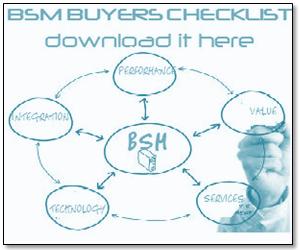They described it as follows on the event web page:
“At MMS 2011, you’ll drill deep into IT management technologies and learn about the latest solutions for Desktop, Datacenter, Device and Cloud management from Microsoft.”
Now, you might expect since it’s Microsoft that this was exclusively devoted to managing Windows devices — whether PCs, tablets or mobile phones — but you would be wrong. In fact, Microsoft announced the Beta of a new monitoring tool that they claim enables you to track iOS devices (both iPhones and iPads). Symbian (that’s Nokia’s OS for now until they switch over Windows Phone 7 next year) and Android.
It also lets you watch your servers and clients (although presumably these are Windows only).
The tool, The System Center Configuration Manager 2012 (SCCM 2012), will supposedly enable IT pros to manage this variety of devices from a central console. According to a post by Mary Jo Foley, Microsoft reporter extrordinaire, on ZDNet, the new tool has been designed specifically to handle the so-called consumerization of IT, which has lead to the proliferation of a variety of mobile devices across the enterprise.
Microsoft released its second SCCM beta last week. From a monitoring stand-point, this is a big departure for Microsoft which typically confines its monitoring to Windows devices. While Foley suggests this undercuts Microsoft’s claim that Windows tablets are superior to iPads and Android tablets, I think it shows surprising foresight to acknowledge the breadth of the existing market and to provide a way to monitor all of the mobile devices in the organization.
Foley pointed out, however, in an update that the SCCM 2012 actually results in a weaker mobile reporting product in spite of the fact it’s supporting these additional devices. That’s because Foley’s colleague, Simon Bisson, reported that Microsoft has decided to moth ball the System Center Mobile Device Manager (SCMDM), which while supporting fewer devices than SCCM 2012, provided a more detailed view of those devices it supported.
Regardless, it show that with a Summit devoted entirely to monitoring, it is a critical part of IT’s job. Look for another post or two later this week on news from last week’s Summit.














